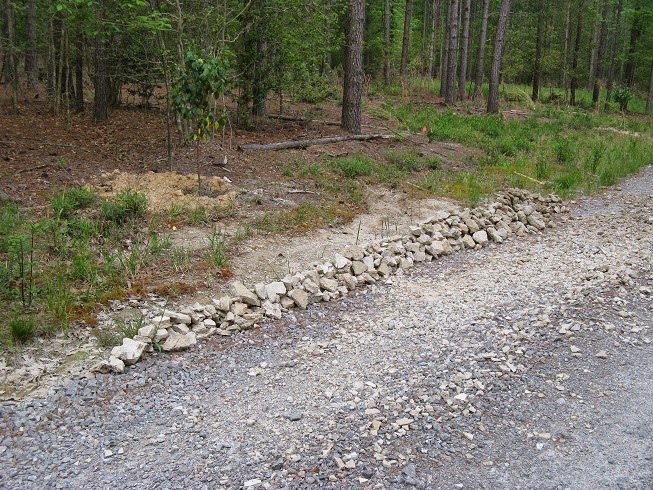Gardening info:
- EPA says native plants save time and money (Although I would argue that I can still manage to turn it into a time consuming hobby!)
- Spring garden care - I'm pleased to read that someone other than me is cutting back perennials this spring, since we did the environmentally responsible thing and didn't cut them in the fall when wildlife would benefit from their seeds. It seems as though one must cut them eventually, if the garden is to avoid looking completely overgrown.
- Connecting small beds into a larger bed for a more natural landscape - Ellen explains how this is more natural, beneficial for organisms, and easier to mow.
- Winter annuals - Although the specific plants listed here mostly don't grow in Virginia, this is a nice reminder to watch for plants that sprout new, green growth in the winter. That's a form of "visual interest" in the winter garden that isn't discussed in most articles.
- Native alternatives for spring flowering trees - There is a wide variety of beautiful trees on this list. (Although it's written for Georgia, many are Virginia natives.) Seriously, this gorgeous list is making me regret the space I've devoted to ornamental cherry trees. I need to find room for more trees.
- Red maples have a variety of wildlife benefits, and other maple species can be used for a wider range of fall colors.
- Wild poinsettia - An attractive annual that's native to parts of Virginia, although I've never encountered it other than reading about it here
- Spicebush - A versatile spring-flowering tree that makes red berries in the fall and serves as host plant for the spicebush swallowtail butterfly
- Coral honeysuckle - This native vine has very striking red flowers.




